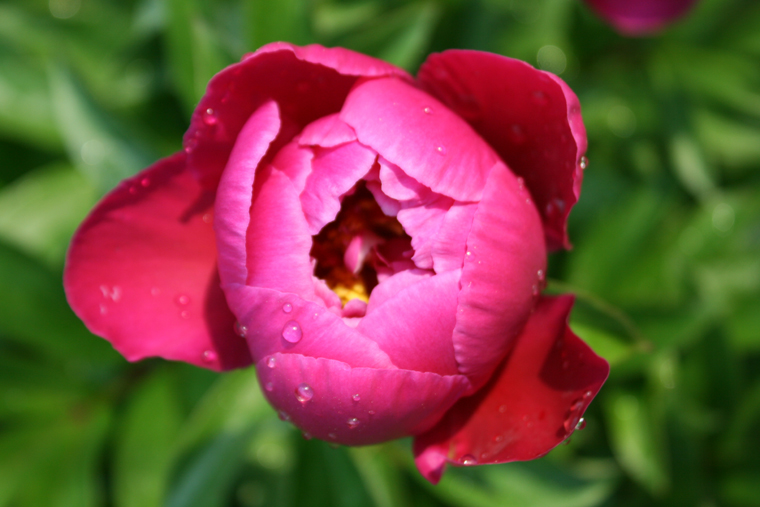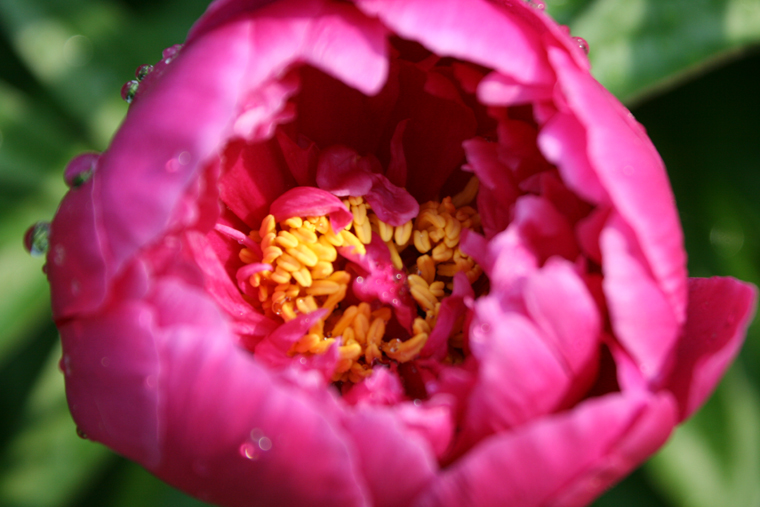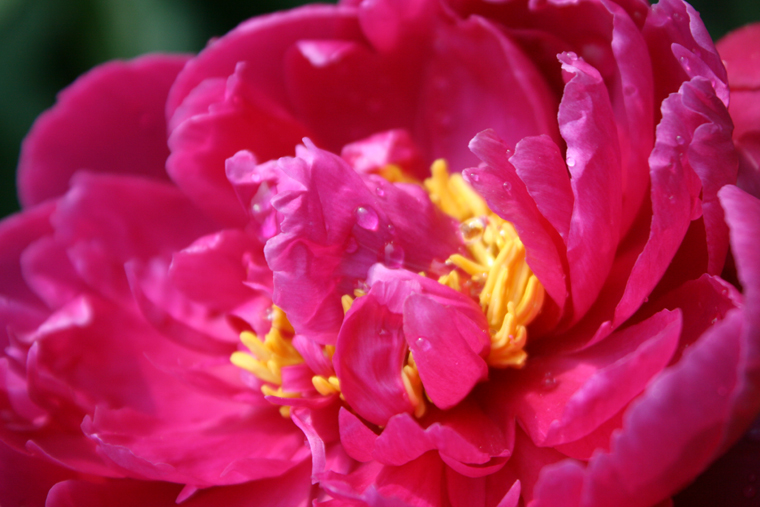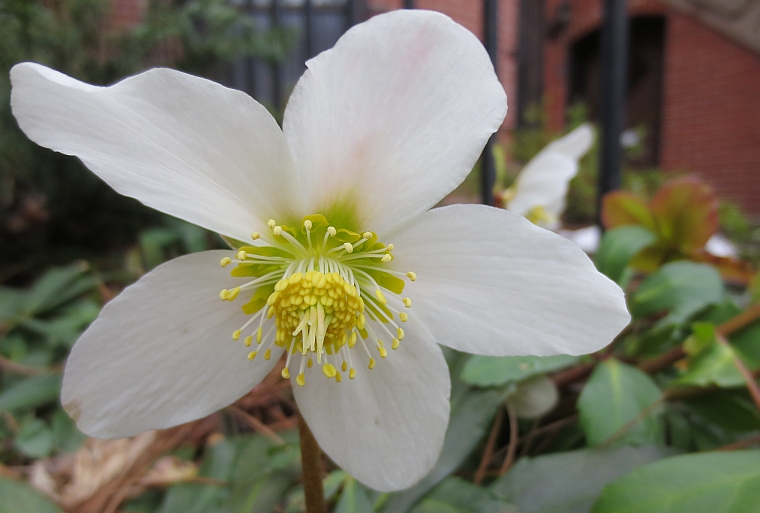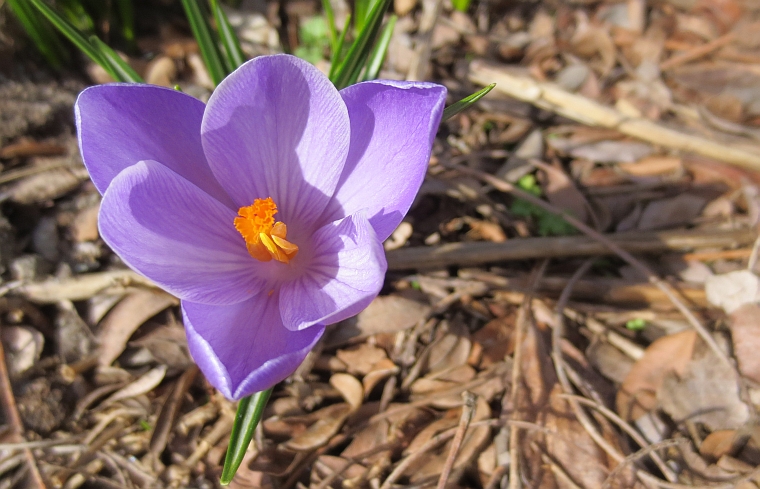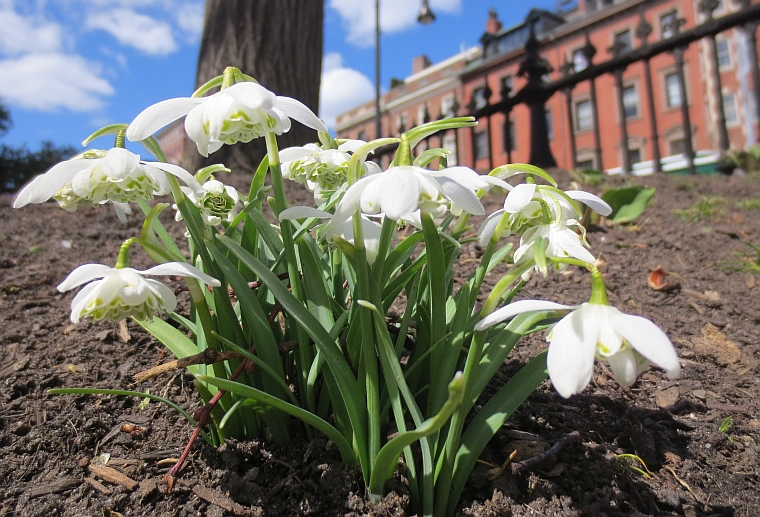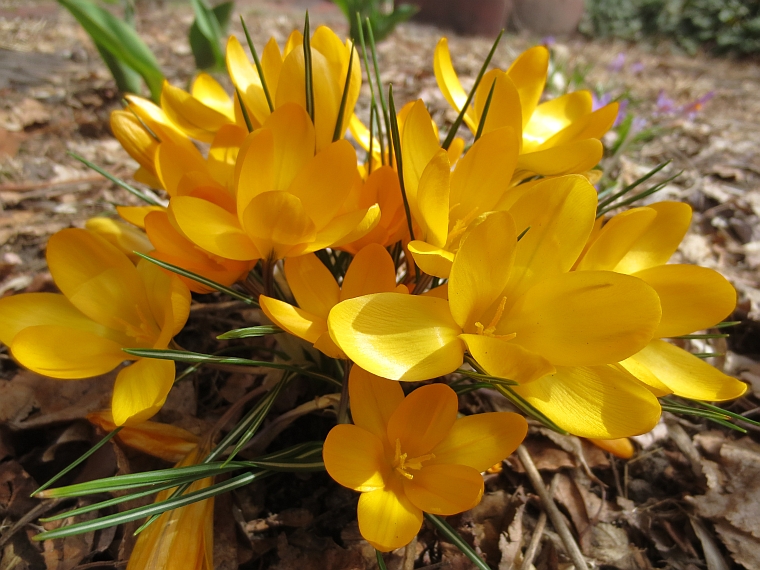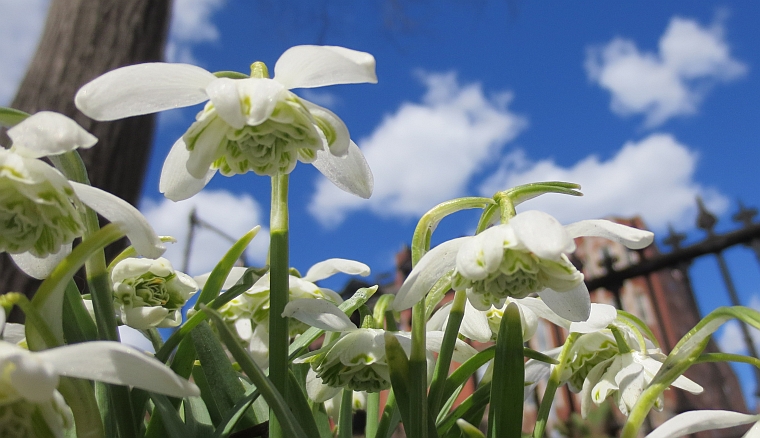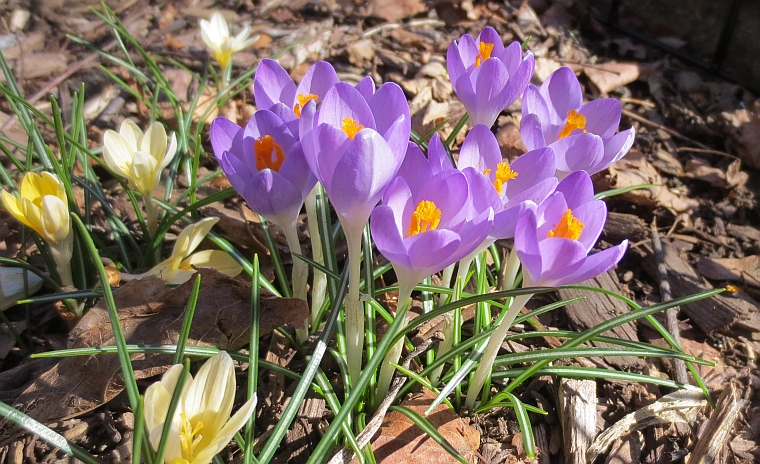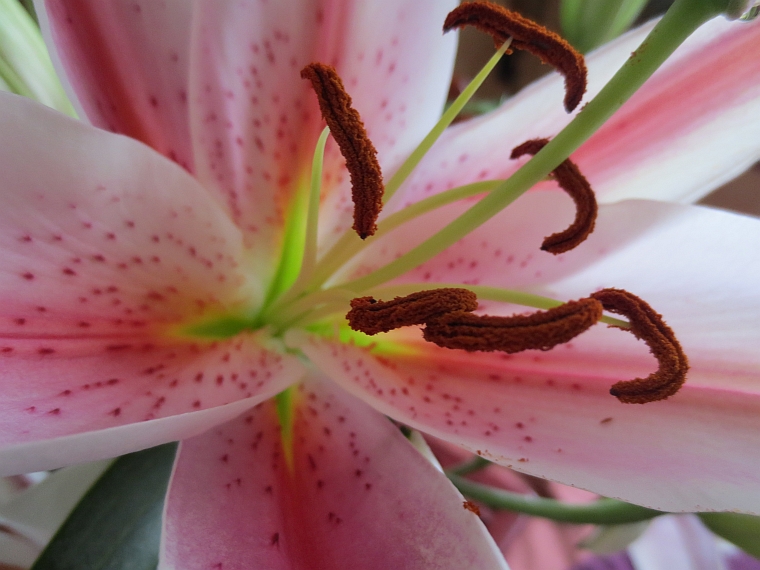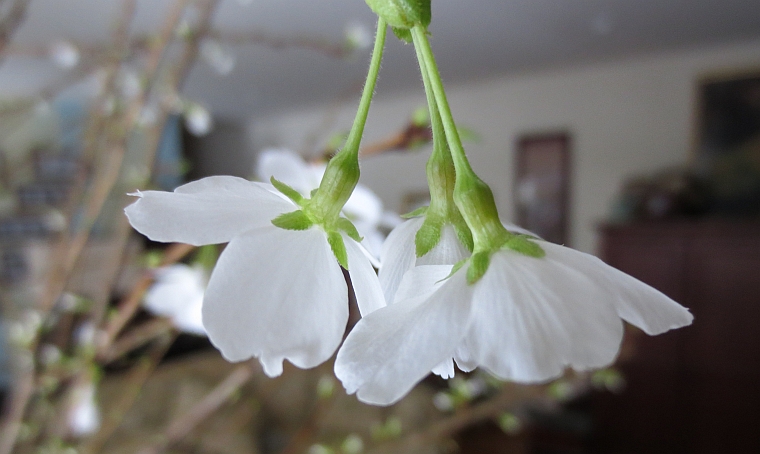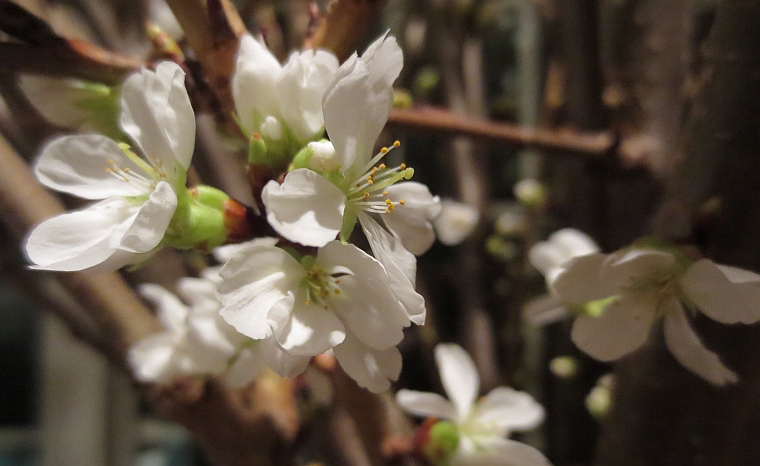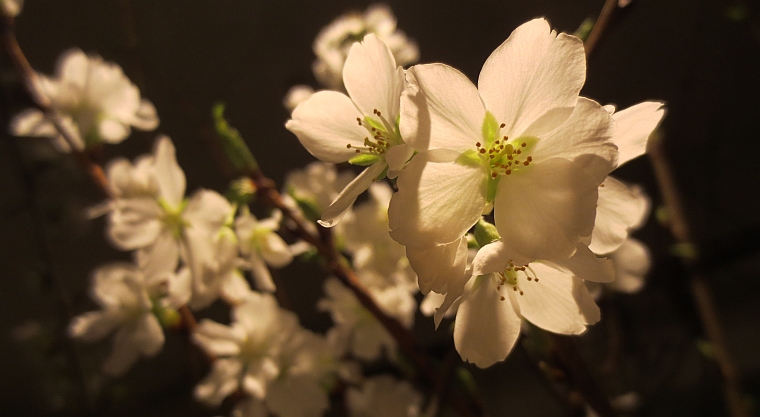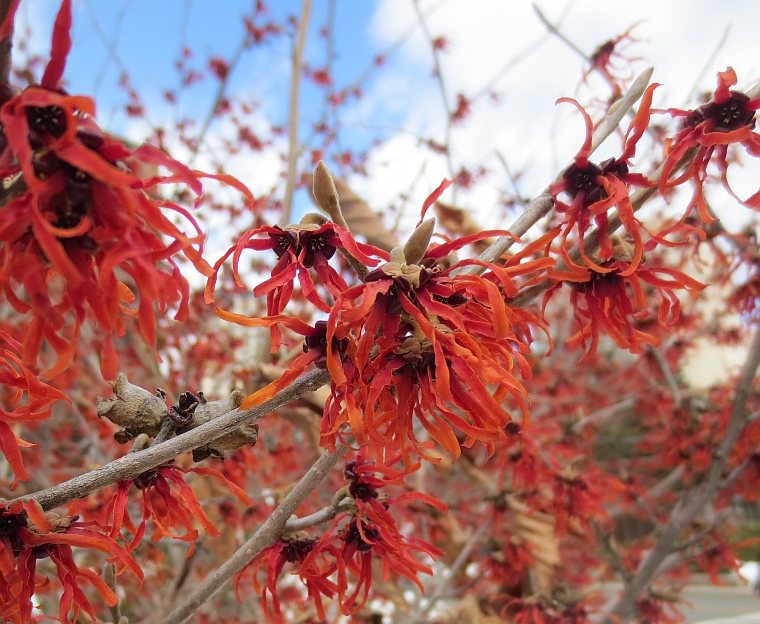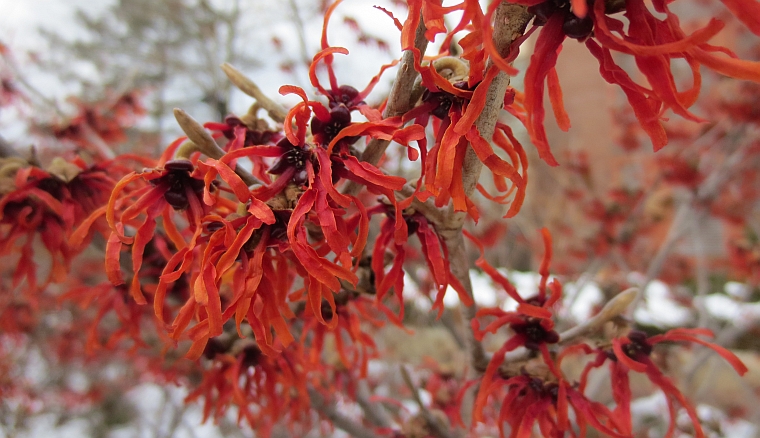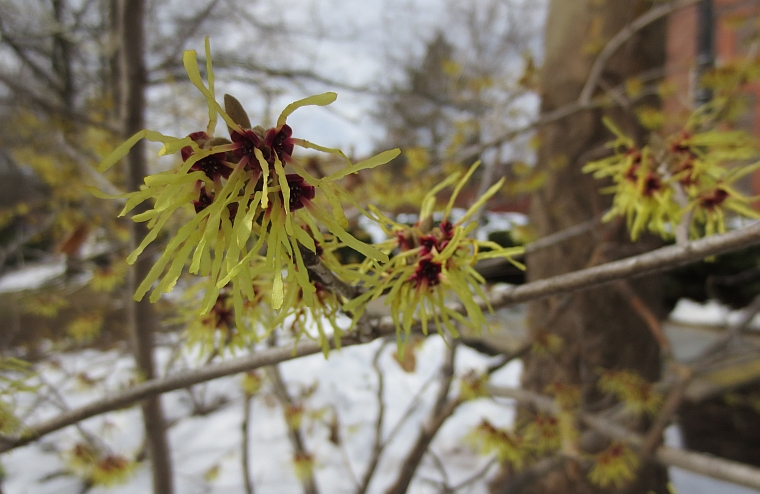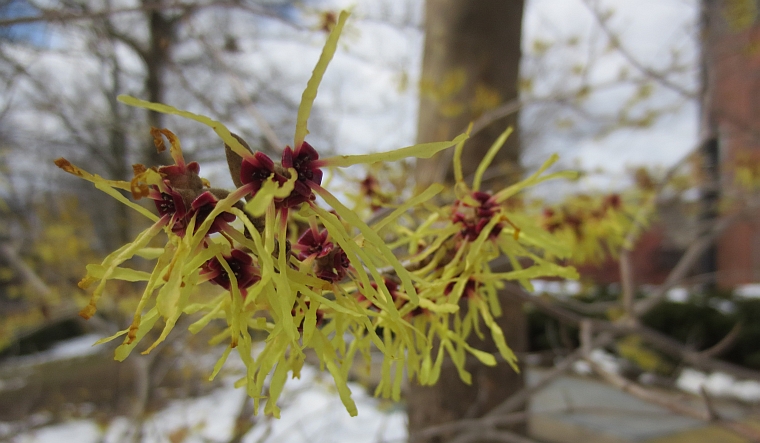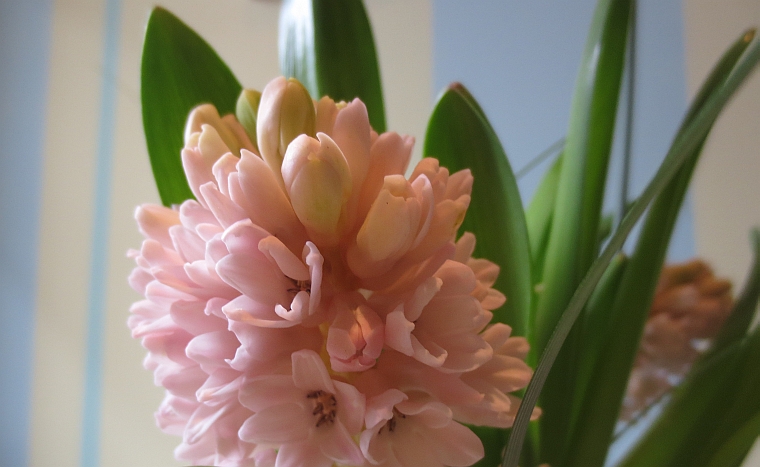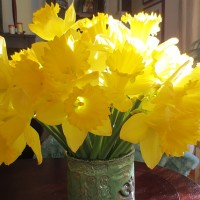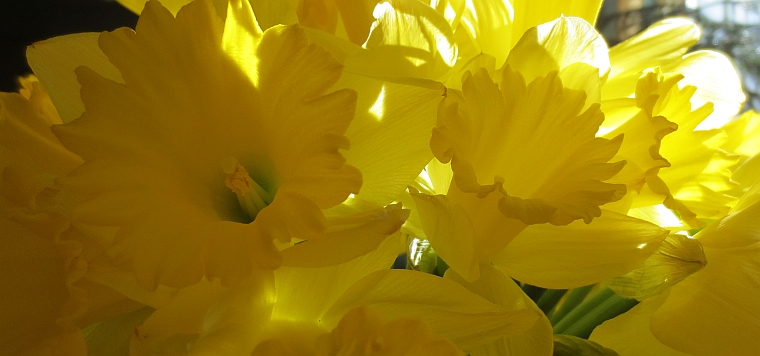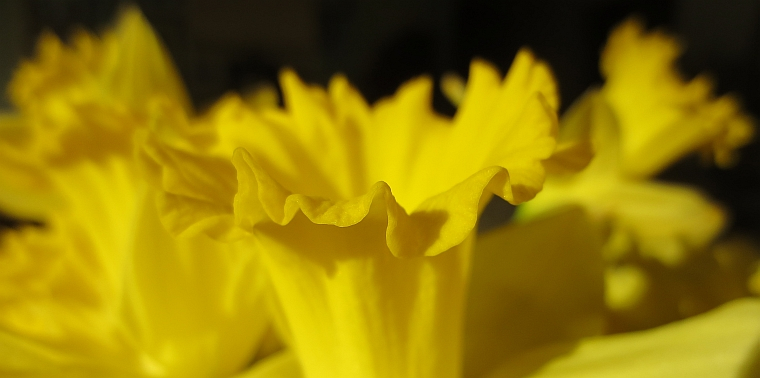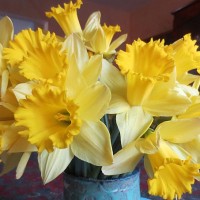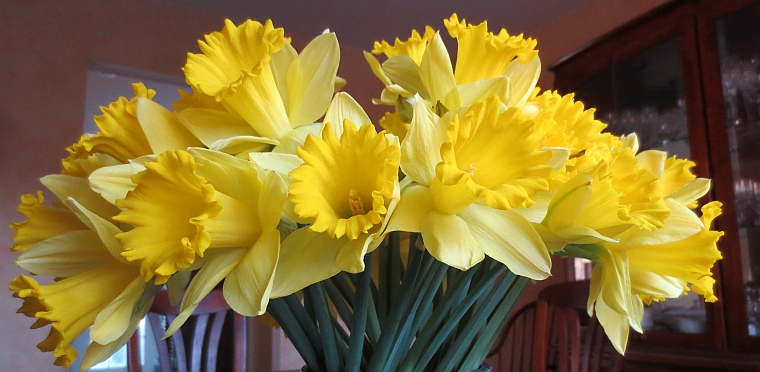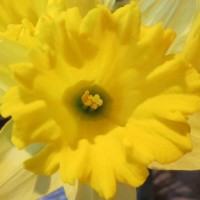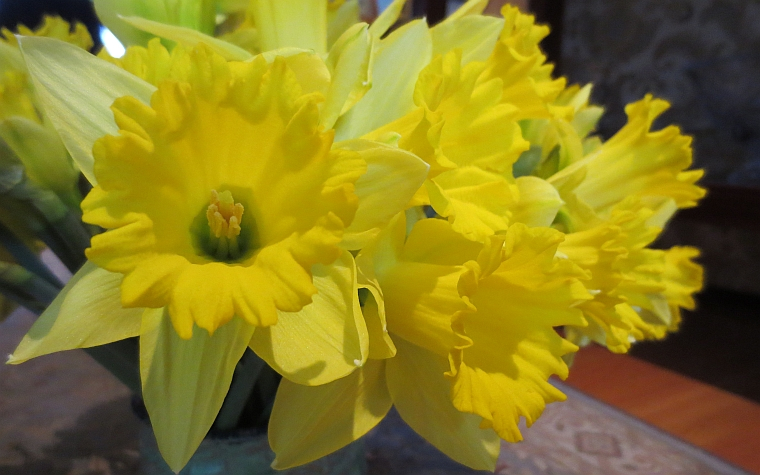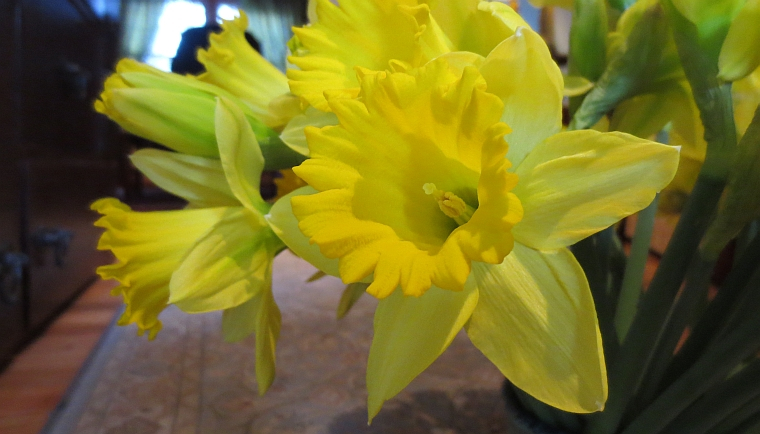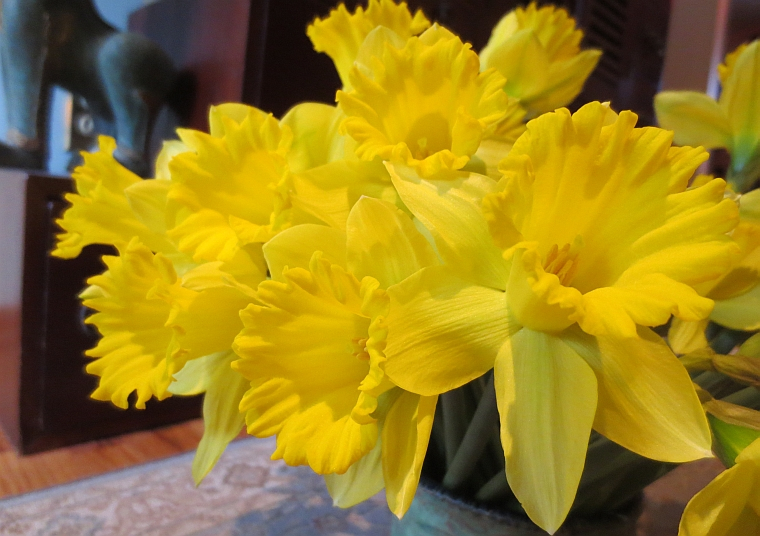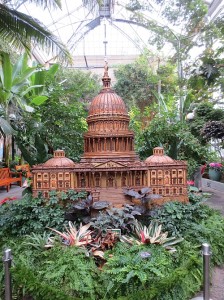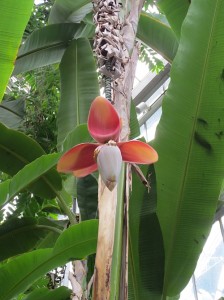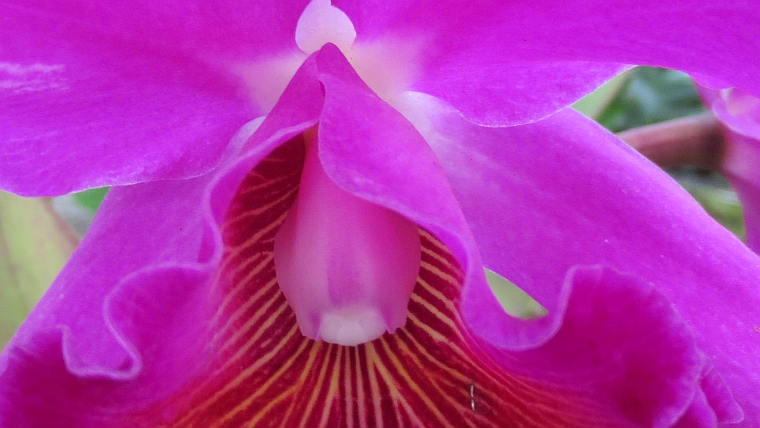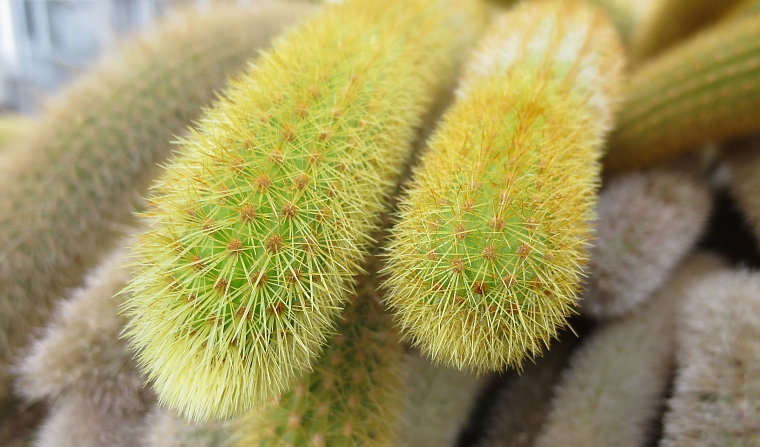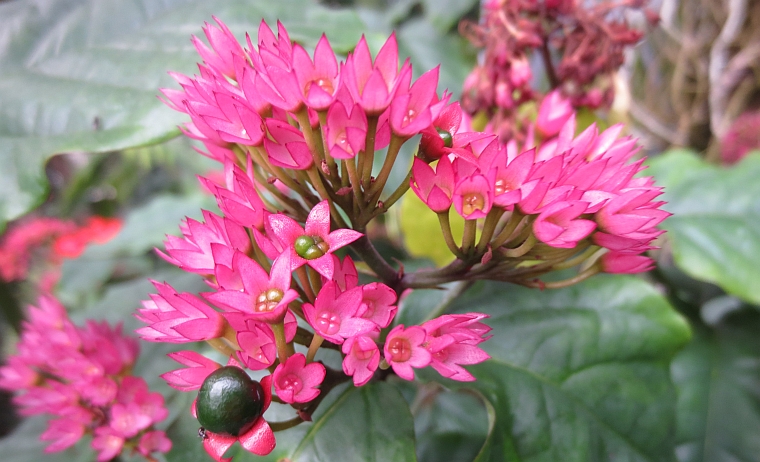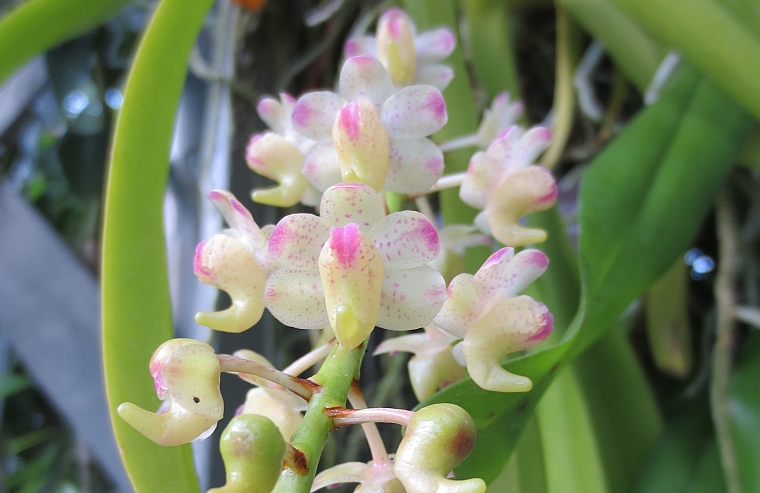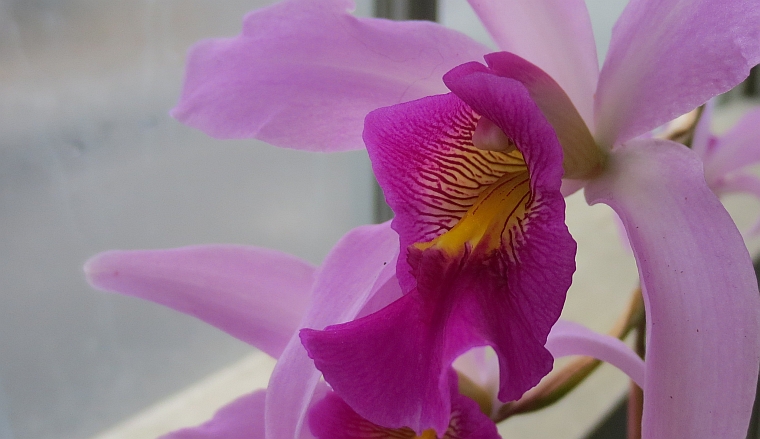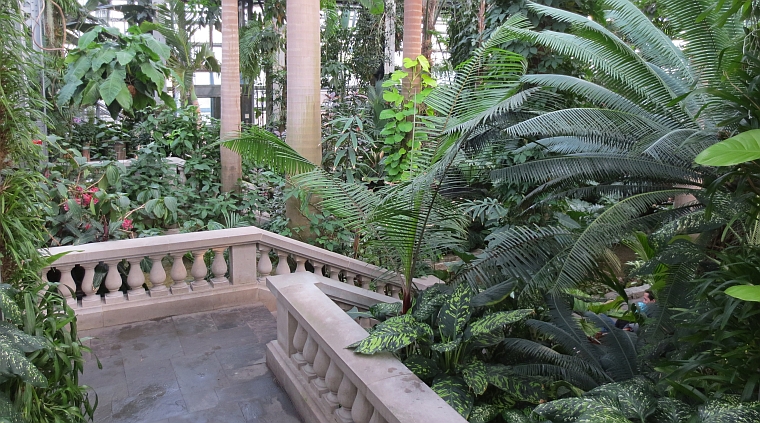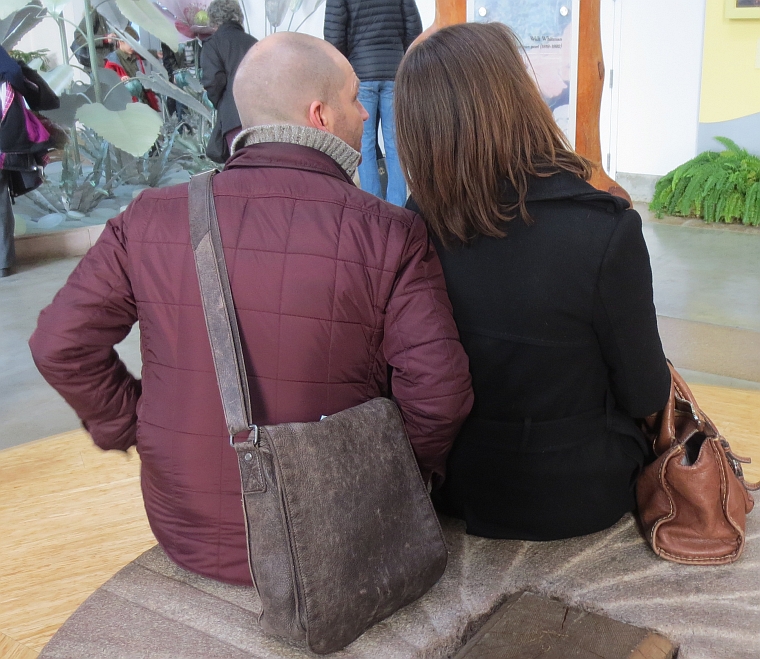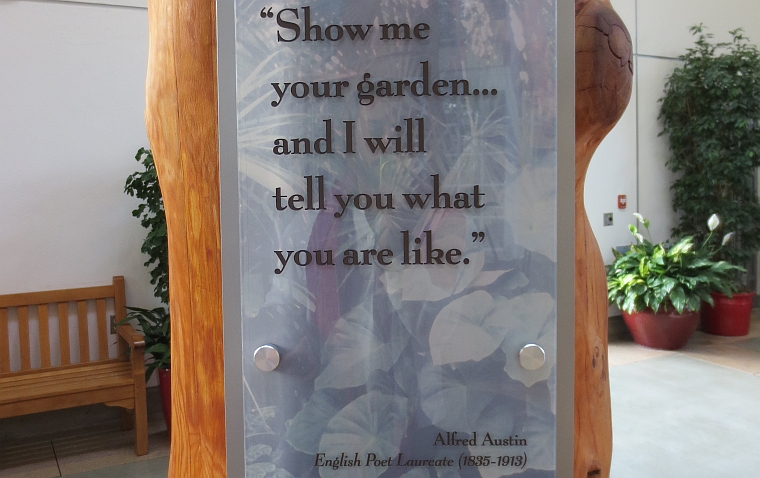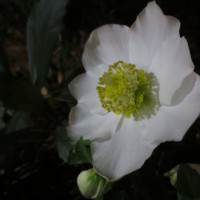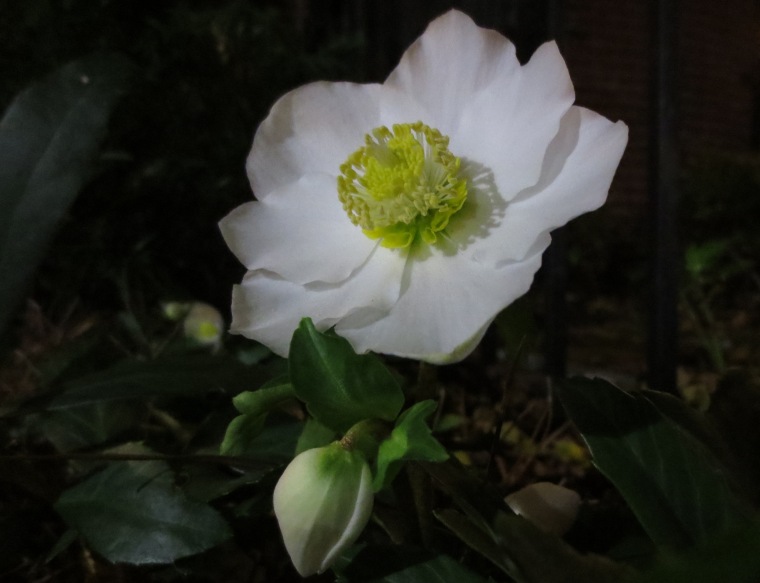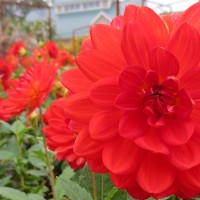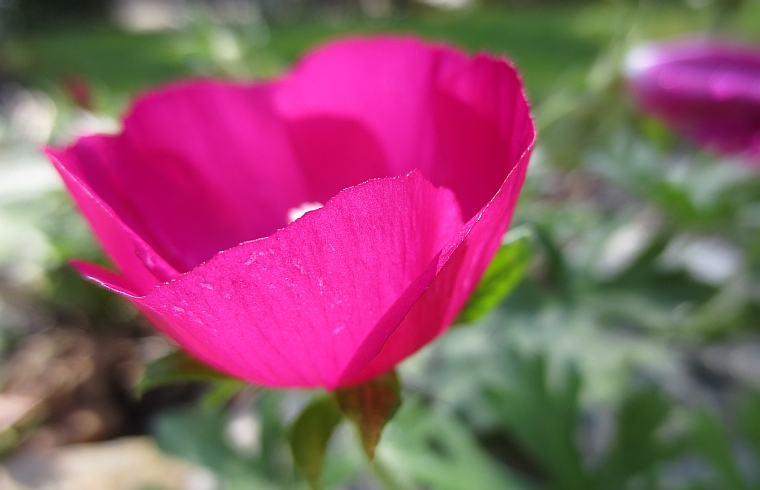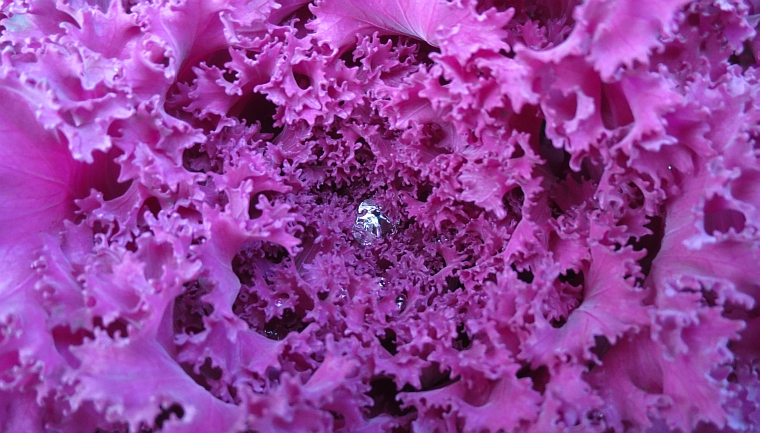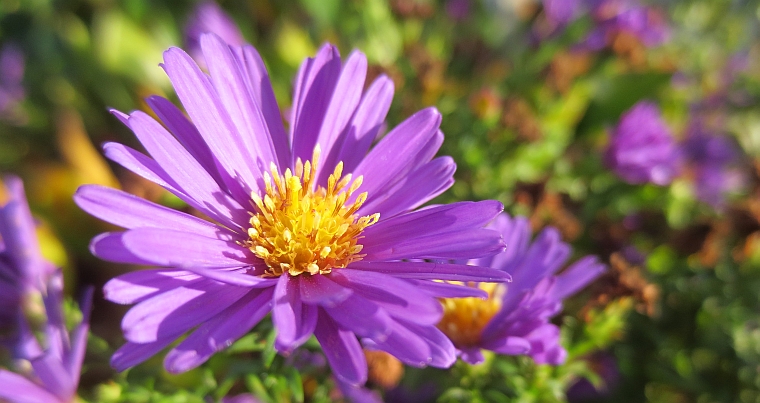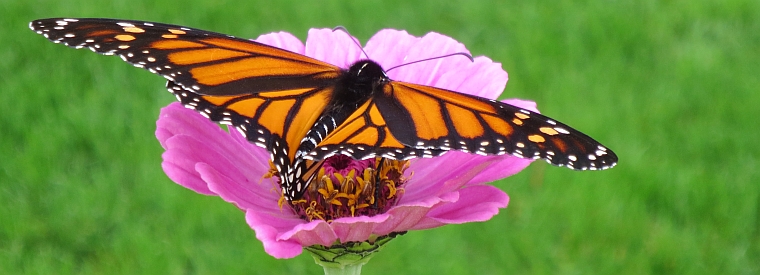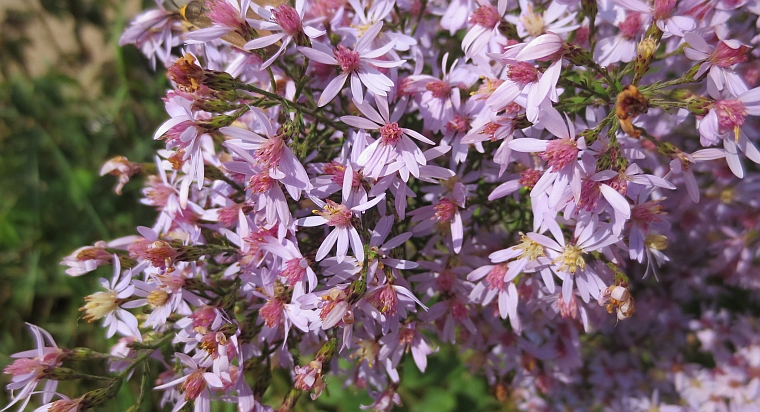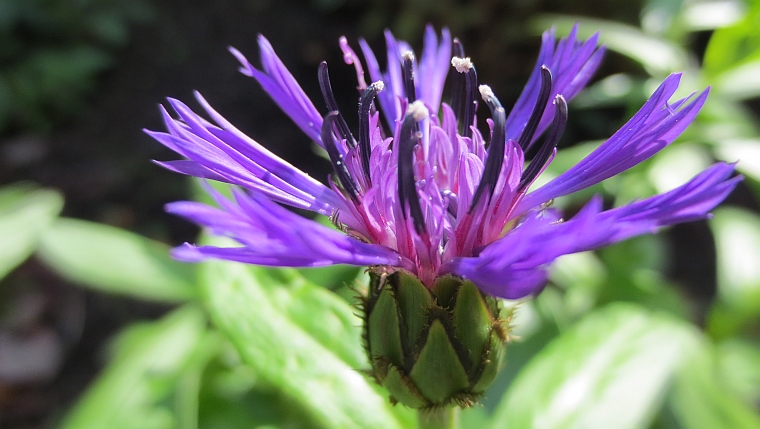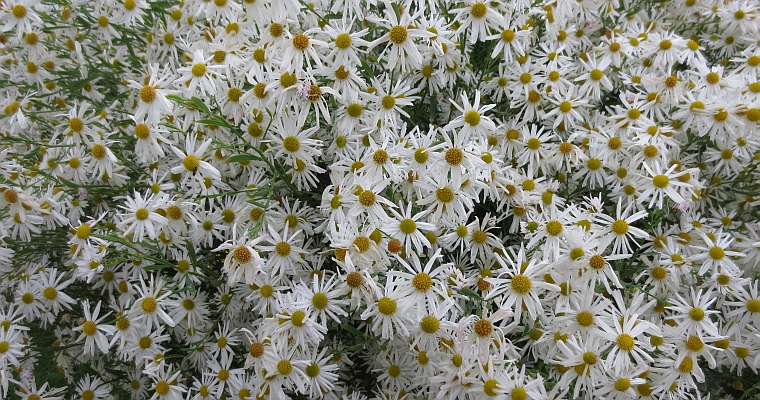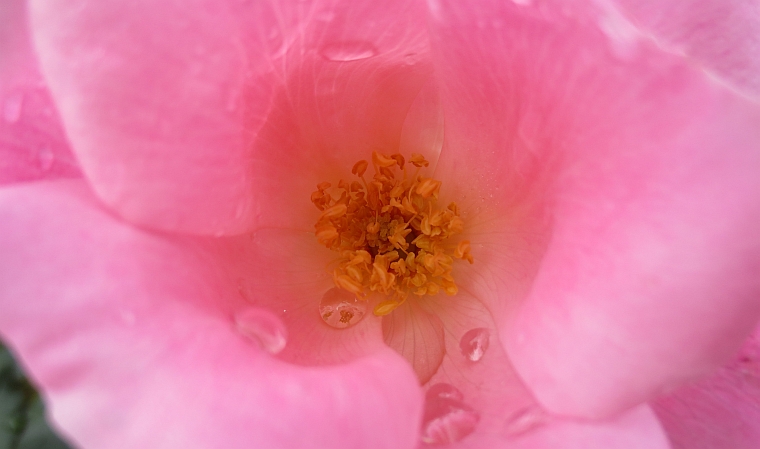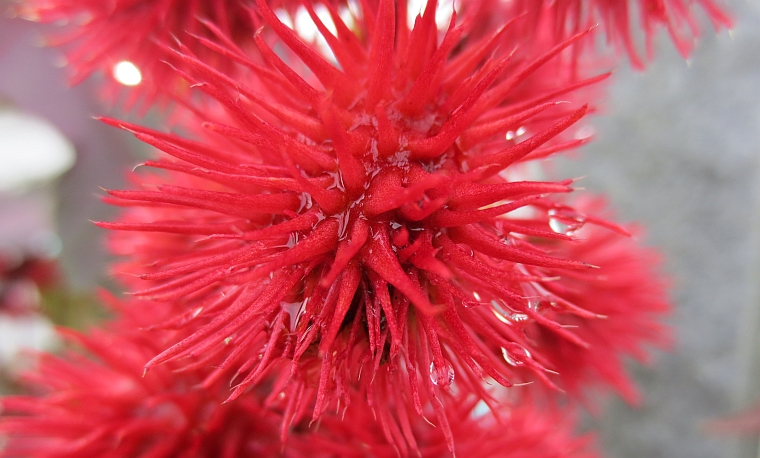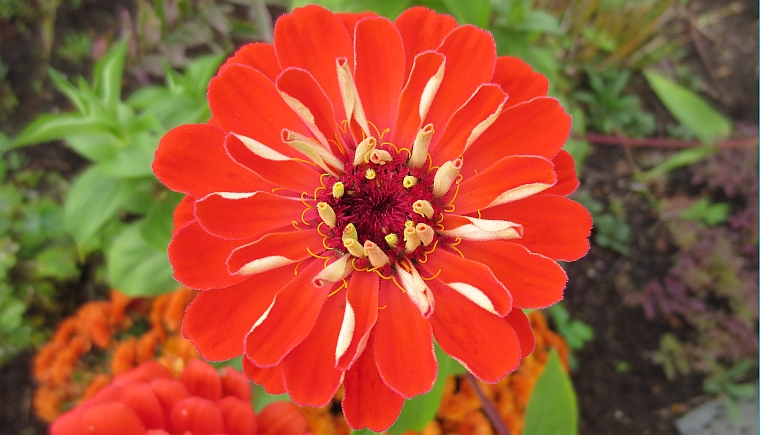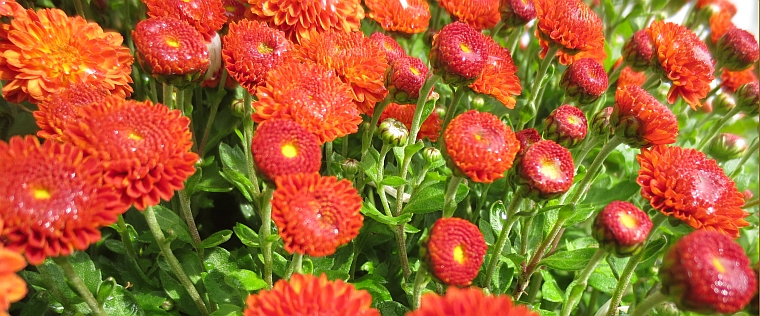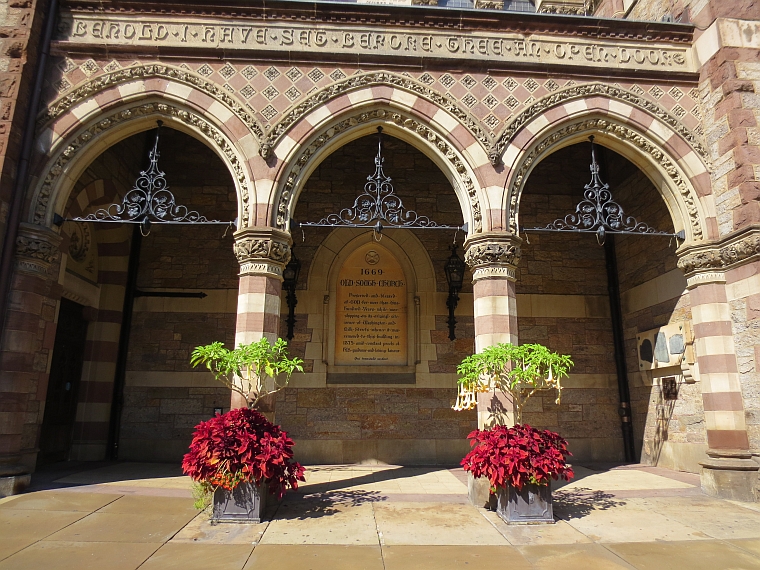Back over a dozen years ago, I put out a Project entitled ‘Words of a Gardener’. It was conceived and hatched that winter, as I was finding my way back into gardening. As a written work, it didn’t get the reaction that some of my photo-centric works did, but it remains a favorite of mine. In the revamping of this site, some things had to be excised and left out, and this was, sadly, one of them. I may put it up again in some form, but for now I’m just going to post an excerpt a day from it on the blog. Partly because I’m busy (or lazy, it’s a fine line) and partly because I am simply fiending for a taste of spring and this is the closest thing I can find. Here’s the first story:
A Gardener Returns To His Roots
Somewhere along the rocky path to adulthood I lost my garden. As a young boy, I had an odd passion for gardening. I say odd because at the age of ten I could find no other comrade who shared my intimate interest and knowledge of plants and flowers. Devouring books and seed catalogs during the winter months, I trained and nurtured myself into a horticultural expert. During the springs and summers of our Zone 5 climate, I’d put my mental practices into effect, subtly drawing forth a perennial bed from Dad’s old vegetable plot and laying claim to a wooded portion of our backyard with a woodland shade garden.
The backyard border, long a place for Mom’s rhubarb, Dad’s zucchini, and a riotous selection of garish marigolds and vulgar-red salvia, was overtaken by my enthusiasm as well. It too transformed gently into a perennial bed ~ tall spires of foxglove provided a perfect transition from the woodland garden to the bed, as bursts of Helianthus shot skyward, Echinops captured the sky in its pincushions, and Monarda crept stealthily onward.
In the last few years of childhood, my gardening experience had surpassed that of my parents and the local nursery-owner. Such knowledge set me apart from most people my age, but I didn’t care ~ the garden was a place of peace for me, a safe escape when worldly concerns, like pesky purple bugleweed in the lawn, threatened to encroach on an ever-receding childhood.
Back then, the plants were my friends and playmates, and I took their health and happiness to heart. Each successful planting was a triumph, each failure a personal affront. When plants thrived and multiplied, my heart soared; when they refused to grow, or, worse, died, I took it as an attack on my very hope for the future. I was a young boy then, and the garden was teaching me about life in a way that my schoolmates would not understand until years later, if they would ever understand at all.
The shifting of seasons and the gentle onward march of time were incontrovertible aspects of gardening. Neither can be fooled or changed much, and the gardener, despite one’s best efforts, is never completely in control. Most little boys don’t care about such matters. Rain or shine they will find a way outside, impatient and implacable in their demands. I learned that the best way to get something to grow was with care and coaxing, a gentle tug in the direction you’d like things to go, and if that didn’t work, then try something else.
When bearded irises found my soil too rich and moist, I offered the spot to their distant Siberian and Japanese relatives, who happily bloomed and multiplied in their new home. As a tree peony leaned a full forty-five degrees out of the shade of an evergreen, I moved it to its own spot in full-sun, only to have it punish me for my mistake by dying. A rabbit’s quick work of a lovingly-tended patch of Lilium had to be replaced by the less scrumptious daylily. These were the ways of the garden, the ways of the world, and I was lucky to learn them then.
I saw firsthand how back-aching work was always rewarded, somehow. The last-minute scrambling to get spring bulbs planted on Columbus Day (my one day off from school in the fall) was a bothersome moment of chagrin until I saw my handiwork poke through the last vestiges of dirty snow. A strict regime of watering during dry spells brought the ostrich ferns back stronger every year, their black elongated creepers naturalizing beyond the woodland garden and into the unworked area of our backyard forest. The lessons of life were being instilled as I weeded and mulched and dead-headed. A garden, like a person, can be both unforgiving and merciful. It will refuse to yield in some circumstances, bend and sway under others. In the garden I learned about nature, human and otherwise.
With the onslaught of adolescence, I lost my interest in the garden, and for a few years lost a bit of myself. The gardens were under the care of my parents, who did the best they could, but never quite understood when to divide or when to cut back. When I returned home for summers and holidays, I saw the overgrown garden and felt a gentle, dull ache ~ a surprise feeling of guilt. I had abandoned my old friend, and in my absence the most sensitive parts ~ the Delphiniums, the lilies, the clematis ~ had been overtaken by their rougher, rowdier neighbors ~ the Malva, the Rudbeckia, the Monarda. These were colorful, pretty, proven performers, but they overwhelmed the place with their imposing power and lack of grace.
At the time, I didn’t have the effort to fight. The seemingly fanciful garden days of my youth gave way to more pressing concerns. But I didn’t forget entirely. Like a pocket of collected seeds, something had been locked away inside of me, waiting for the ideal conditions to germinate and spring back to life. It took a few years, but eventually the subtle call of the garden became a full-fledged beckoning cry, and I heeded the voice from which I had learned so much.
During the last year I returned to the magic and wonder of the garden ~ the garden in my mind, and the garden in my backyard. I have rediscovered its simple joys, its ever-unfolding enchantment, and its magical way of imparting worldly knowledge. The vigorous, rampant growth of undesirables has been checked, and the more delicate and sensitive plants have been carefully cultivated. It is as an ongoing process, always evolving, always challenging, but for the moment I have returned, a grown man who somehow found his way back to the garden.


